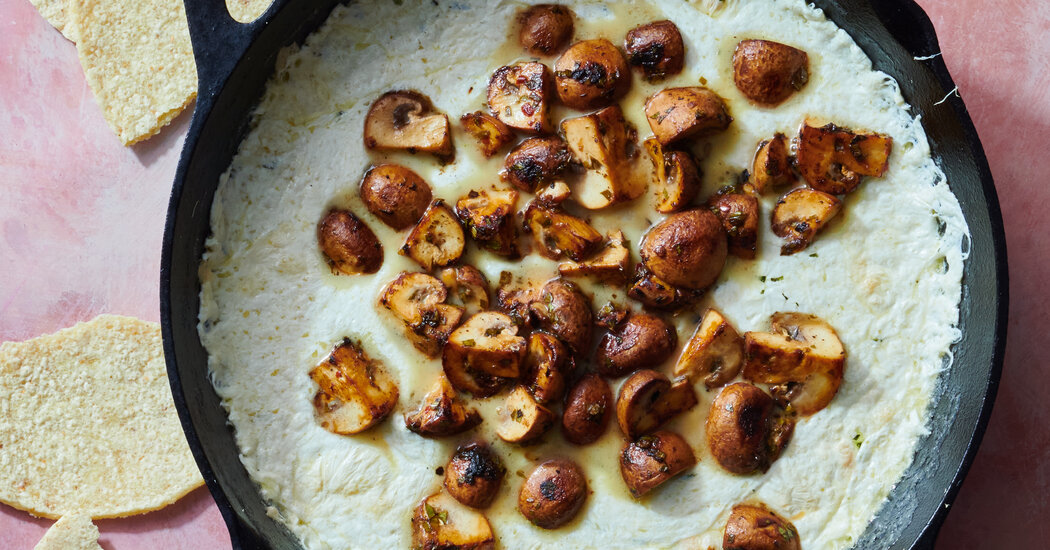
Sofia Head grew up watching her grandfather lead the carne asadas, her family cookouts, in Monterrey, Mexico. He manned a charcoal grill for hours, cooking carne asada for dozens of relatives. One of her favorite dishes was his queso fundido: melted Chihuahua cheese in a cast-iron skillet that he left on his grill until the queso’s edges became crisp and the center was bubbly.
“We couldn’t have a carne asada without the queso fundido,” said Mrs. Head, who holds smaller carne asadas at her home in Fort Worth, where she’ll occasionally make the side dish with diced jalapeños and chorizo.
Queso fundido is a popular appetizer at many Mexican and Tex-Mex restaurants in the United States. The gooey cheese is served in its cast-iron skillet with tortillas or chips. Its roots go back to the Mexican Revolution, which began in 1910, said Carlos Yescas, who studies and writes about Mexican cheese. The revolutionaries gathered in the central part of the country, near Mexico City, where they made easy meals like queso fundido.
Their travels throughout the country, aided by Mexico’s train system, helped spread queso fundido to northern Mexico and South Texas, where today it is normally served with chorizo on top and a red chile salsa and corn tortillas on the side, Mr. Yescas said.



